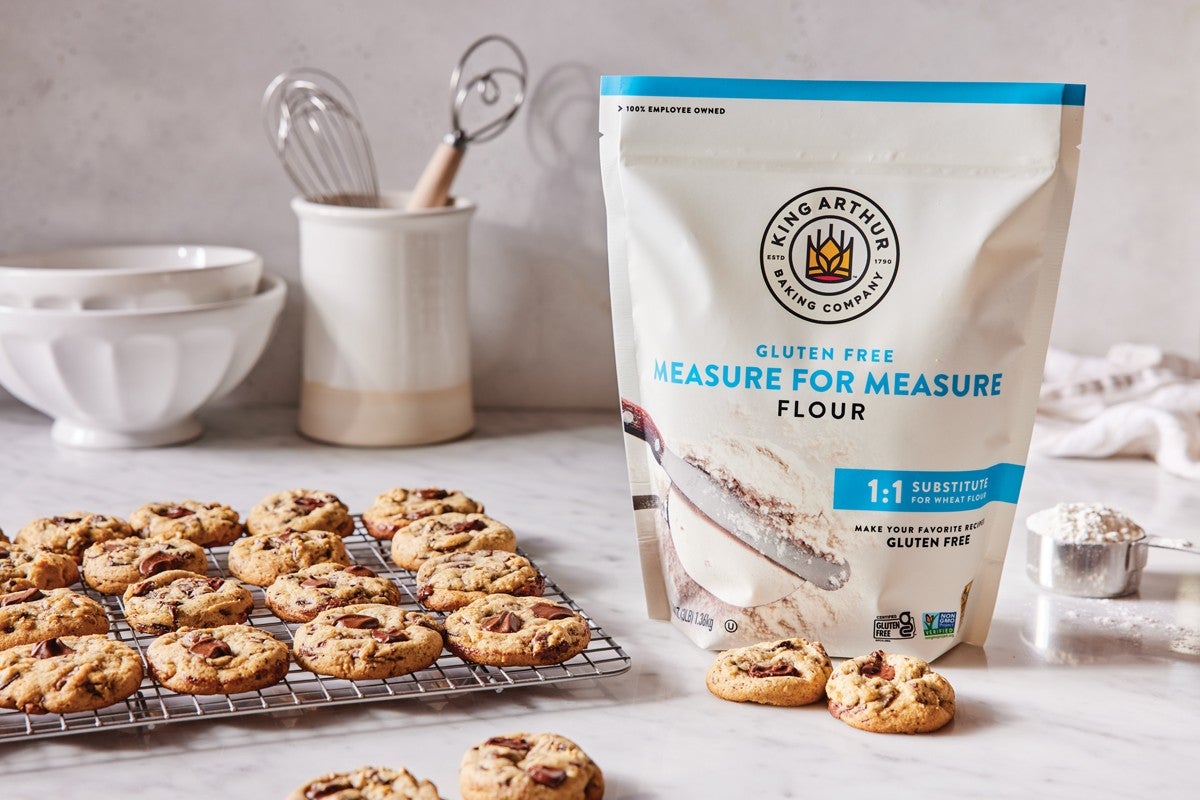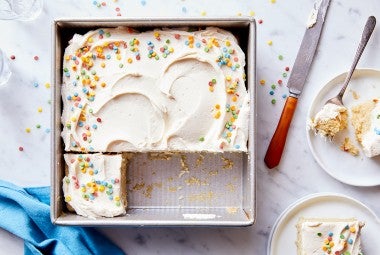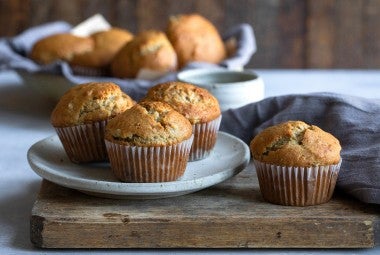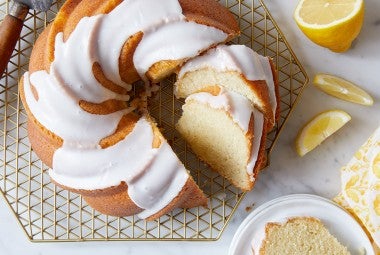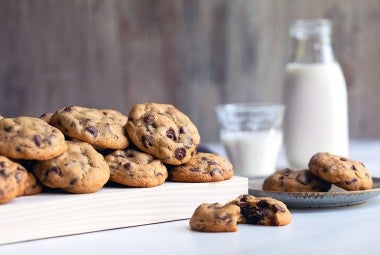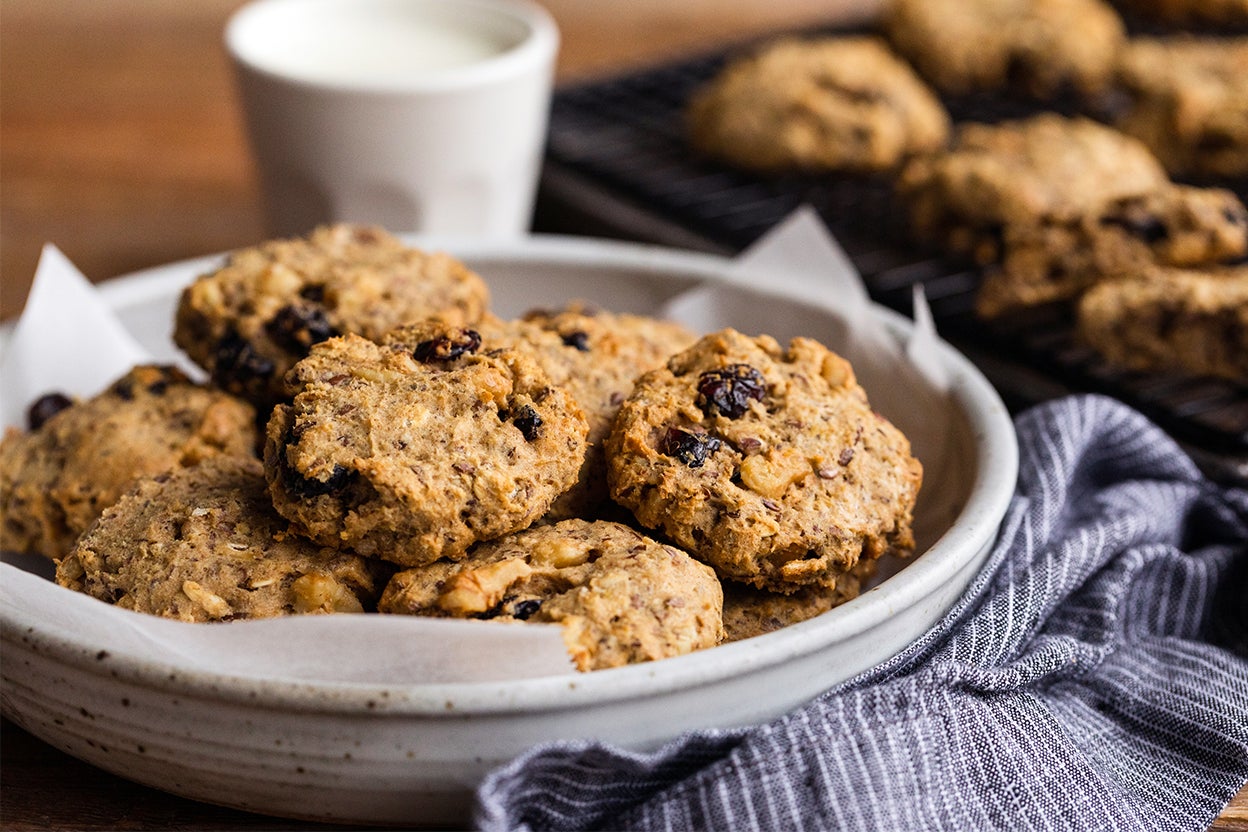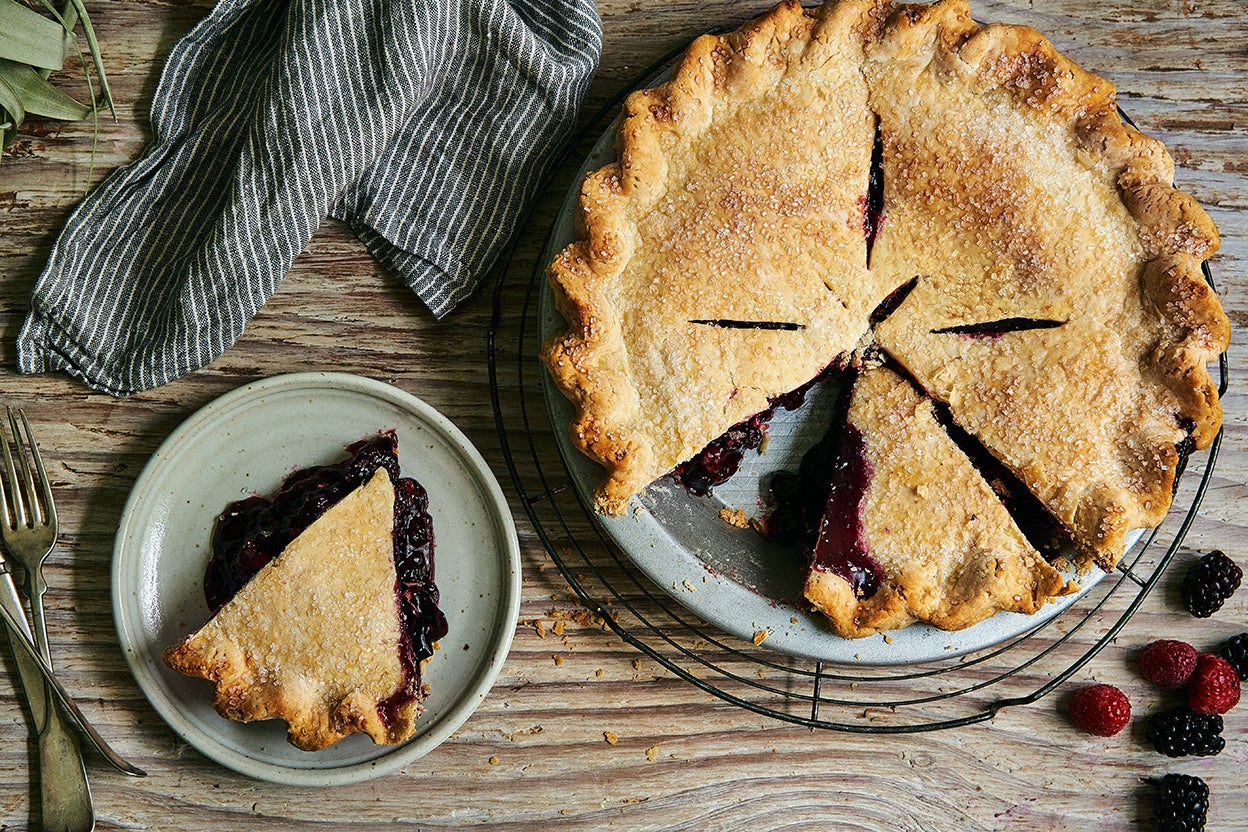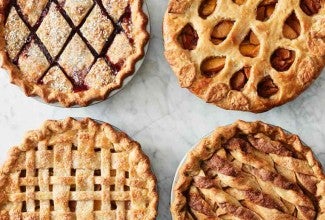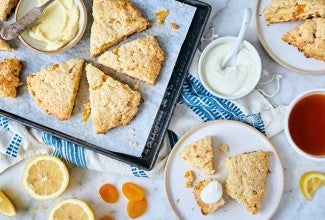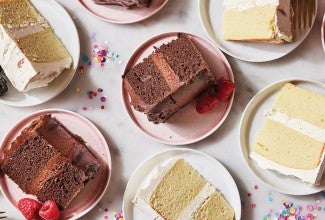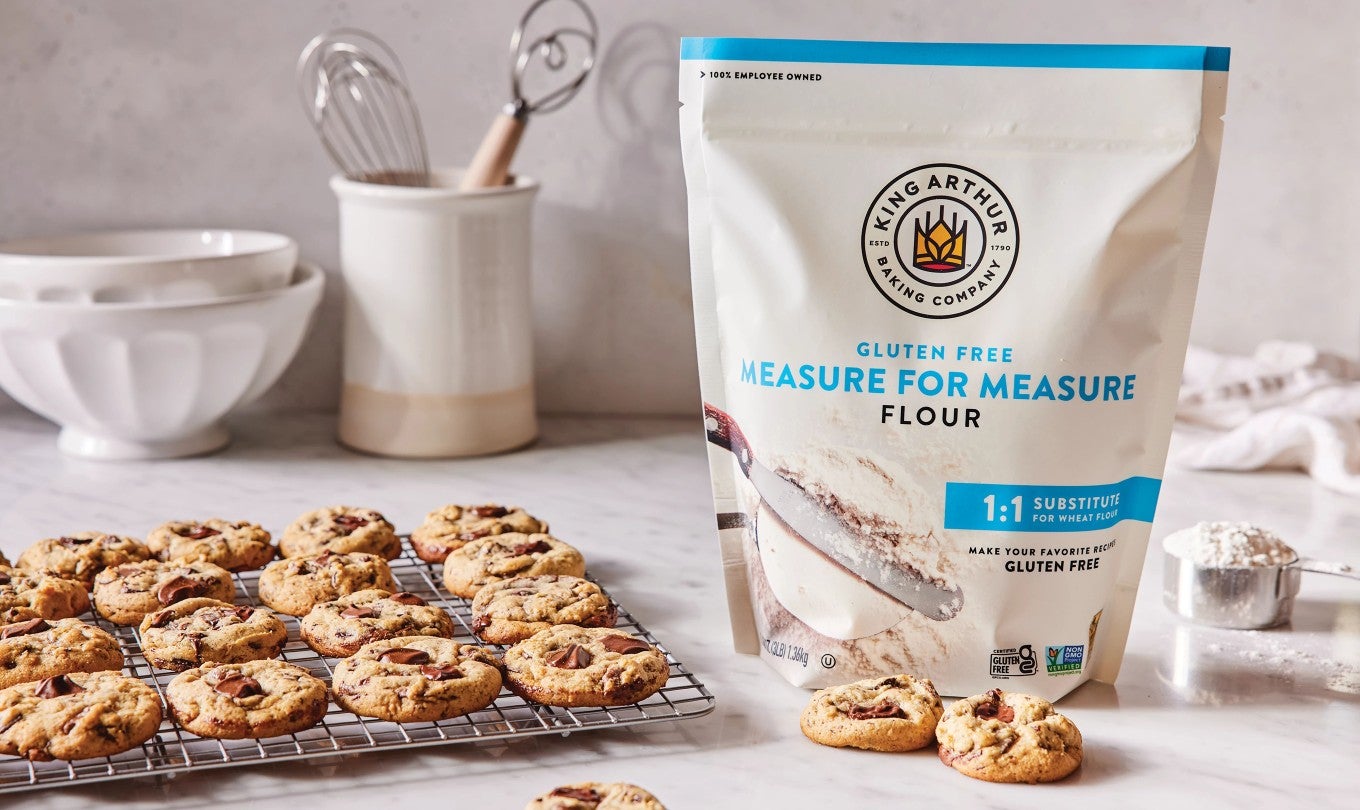
Gluten-Free Baking
Bake your best, without the gluten.Gluten-free baking is an entire world of its own, with specific ingredients, techniques, and recipes that unlock a wonderful, delicious landscape of baked goods.
With the right tools and advice, you’ll be able to make irresistible cakes, cookies, breads, and even pizza. It’s all about understanding what works, and it doesn’t have to be complicated: In some cases, that means nothing more than a simple flour swap to achieve success.
Make (almost) any recipe gluten-free
Our innovative Gluten-Free Measure for Measure Flour makes it easy to turn many of your favorite traditional recipes gluten-free. Simply substitute Measure for Measure 1:1 for the all-purpose flour called for in your recipe, as long as it’s non-yeasted. (For yeasted bakes like bread and pizza, skip to the next section!)
Measure for Measure doesn’t just allow you to replicate your favorite recipes – in some instances, going gluten-free makes them even better! Read our blog post on the 4 baked goods that are even better with gluten-free flour.
Yeasted recipes go gluten-free
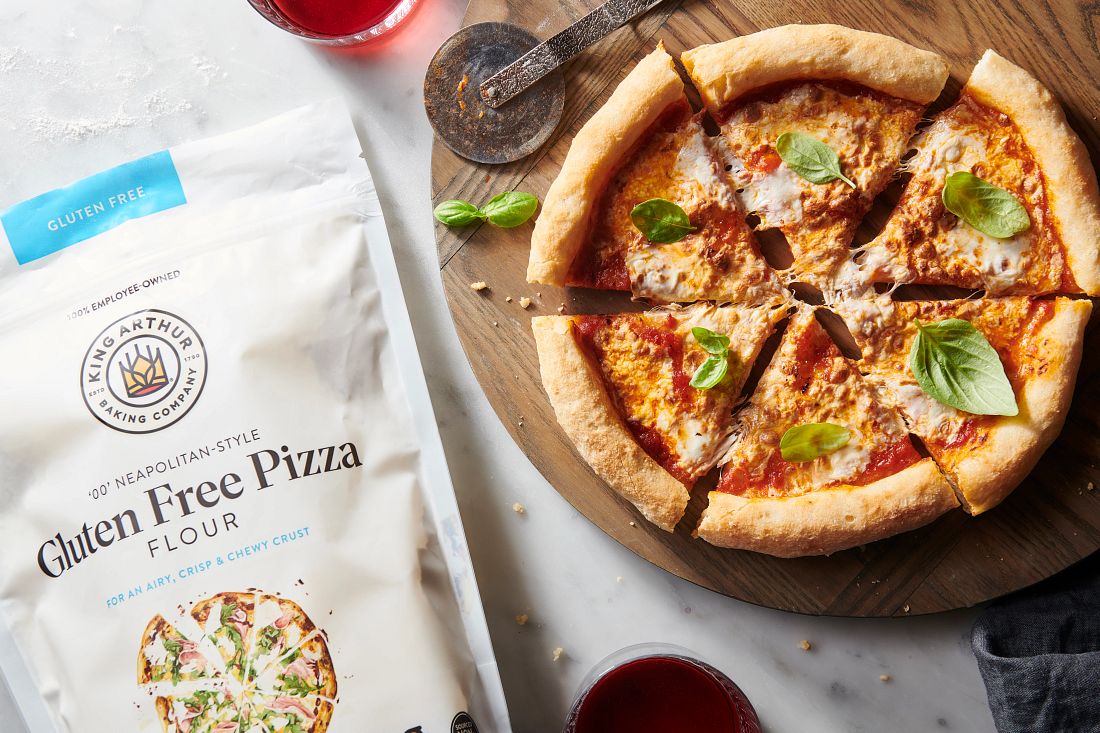
Gluten-free baking with yeast can be trickier than other recipes, due to the unique role that gluten plays in breads, pizzas, and other yeasted baked goods. As a result, it's best not to try to make an existing yeast bread recipe gluten-free; instead, we highly recommend using recipes specifically developed for gluten-free ingredients like our Gluten-Free All-Purpose Flour and Gluten-Free Pizza Flour.
Baker's Tip: If you’re confused about which flour to use or run into problems while baking gluten-free bread, not to worry! Our trusty Baker’s Hotline has you covered. Reach out with questions both big and small and they’ll guide you through your gluten-free journey.
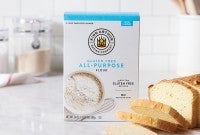
Gluten-Free All-Purpose Flour
Ideal for recipes that call for gluten-free flour, and our choice for many gluten-free breads.
Buy Now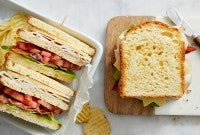
Gluten-Free Sandwich Bread
A tender, high-rising loaf perfect for sandwiches, thanks to Gluten-Free All-Purpose Flour.
Get the Recipe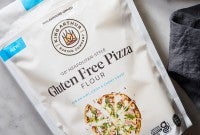
Gluten-Free '00' Pizza Flour
Ideal for perfectly chewy, crisp crusts with incredible rise – including Neapolitan-style pizza.
Buy now
Gluten-Free Neapolitan-Style Pizza Crust
This pizza emulates classic Neapolitan-style pies, but uses our Gluten-Free ‘00’ Pizza Flour.
get the recipeThe most convenient way to bake gluten-free

If you’re new to gluten-free baking or looking for an easy option that doesn’t require specialty ingredients, our gluten-free baking mixes are your best bet. We offer a wide variety ranging from Bread and Pizza to Classic Yellow Cake to Fudge Brownies – all of which take the guesswork out of going gluten-free.
Delicious flours that are already gluten-free
Some flours, like buckwheat or almond flour, are naturally gluten-free, so baked goods made with them are an excellent option for gluten-free bakers. That said, their lack of gluten means they behave differently in a recipe than wheat-based flours, so they often can’t be swapped in 1:1 to a traditional recipe. Instead, turn to recipes that already call for these flavor-forward flours for the best success.
Baker's Tip: Paleo baking typically uses flours like coconut, almond, and cassava – all of which are gluten-free! To go with our grain-free flour blend, we have a collection of paleo recipes to start you on the right path.
Good to know
Tips and terms for better gluten-free baking
Xanthan gum is a secret weapon.
A dash of this powder helps re-create the essential binding nature of gluten without actually using gluten itself. In gluten-free baking, we rely on xanthan gum to provide elasticity and stickiness in our doughs and batters. Learn more in our guide to xanthan gum.
Pick the right flour.
Different gluten-free flours are designed for specific recipes. Gluten-Free Measure for Measure Flour is a “replacement” flour – it’s used in place of all-purpose flour in many traditional recipes. Gluten-Free All-Purpose Flour, meanwhile, is meant for recipes that include xanthan gum and call for “gluten-free flour blend,” or similar wording.
Cookies may go long.
If you’re making gluten-free cookies with Measure for Measure Flour, keep an eye on the baking time, as cookies made with this flour may need a few extra minutes to bake.
Take a rest.
Consider refrigerating gluten-free cookie doughs overnight to help eliminate any grittiness in the final texture of your cookies. Or, once baked, let your cookies rest for a few hours (or overnight). This resting time will improve the texture of the cookies, in the same way resting the dough will.
Use the right pan.
If you’re making Gluten-Free Sandwich Bread, bake your loaf in a 9" x 4" x 4" gluten-free loaf pan, which will give you a taller and more shapely loaf. Gluten-free breads require more support as they rise and bake, and the extra-tall sides on this pan provide just that.
Adjust for machines.
Good news: You can make high-rising gluten-free bread in a bread machine. For the best results, you just need to make a few adjustments, including adding an egg and a touch more flour. See more details in the tips at the bottom of our Gluten-Free Sandwich Bread recipe.
Next Steps
More gluten-free baking advice
For gluten-free baking, think beyond just flour
Want to ensure your baked goods are completely gluten-free? It can be a complex process, but here's how to choose all the right ingredients, from vanilla extract to chocolate chips.
learn more8 tips for making the perfect gluten-free pie crust
Pie crust can be a challenge for any baker, and when you make it gluten-free, things may become more daunting. Not to fear! We have tested tips for your best gluten-free pie crust.
learn more









